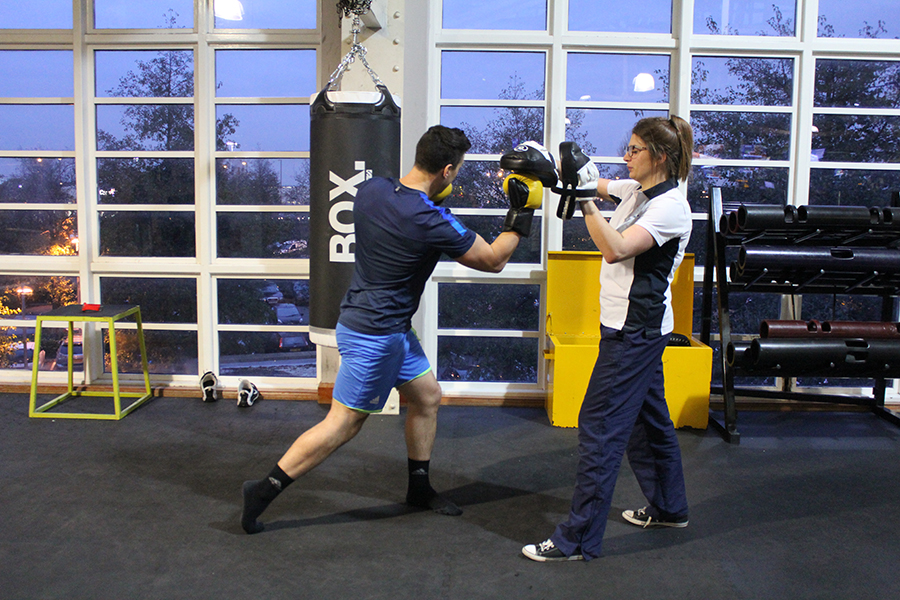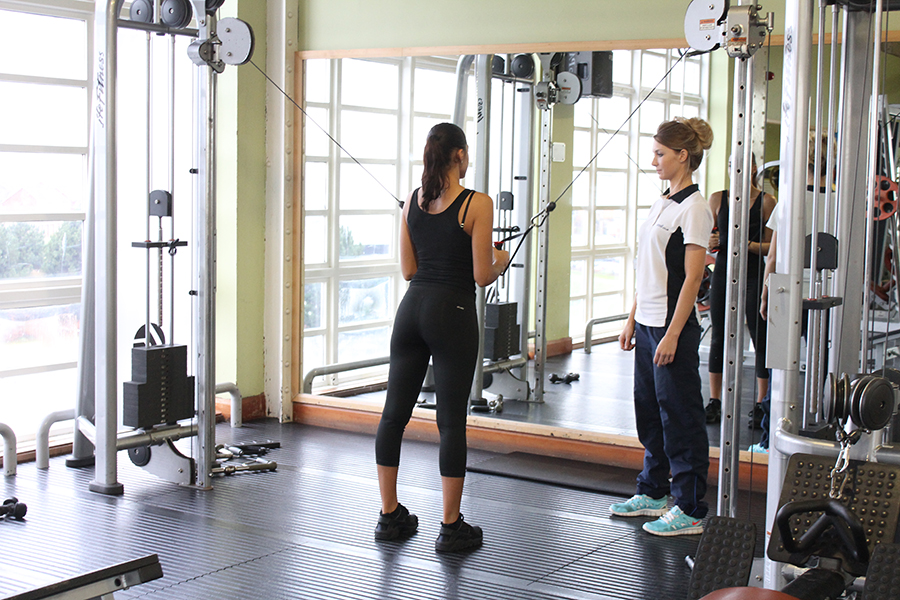Athletes foot
Athlete's foot describes a fungal infection of the skin. Athlete's foot is not necessarily harmful, but it can be uncomfortable and unsightly. The fungus can also spread, infecting nails and other parts of the body. A podiatrist at Chiropody.co.uk will be able to help you if you have athlete's foot.
What is athlete's Foot?
Athlete's foot (tinea pedis), also known as ringworm, is a fungal infection of the skin. The infection is most commonly found in between the toes, however, athletes foot may appear on the sole of the foot as well.
Despite the name athlete's foot can affect anyone.
What causes athlete's foot?
Athlete's foot is a fungal infection caused by a dermatophyte. The word dermatophyte is Greek for skin plant; it is a type of fungus that requires keratin (a protein found in the skin) to grow. The dermatophtes responsible for 90% of athlete's foot infections are:
- Trichophyton rubrum
- Epidermophyton
- Microsporun.
Feet that are kept warm and moist are susceptible to athlete's foot, this is because these are the conditions which allow the fungus to thrive.

What are the signs and symptoms of athlete's foot?
The typical signs of athlete's foot may include:
- Flaky skin
- 'Powdery' looking skin
- Itching
- Burning sensation
- Red and itchy rash in between the toes
- Blisters/pustules on the sole of the foot
Because athlete's foot can be itchy, scratching the affected area may provide a portal for secondary bacterial infection.
Who gets athlete's foot?
If the conditions are right anyone can get athlete's foot, however it is more common in the following:- Adults (men in particular)
- People who wear occlusive footwear (footwear that does not allow the skin to breath)
- People with hyperhidrosis (feet that sweat excessively)
- People who wear synthetic socks
- People who wear the same socks/shoes/trainers for long periods
- People who have a weak immune system
- People who have a family member with the condition (as they will be more exposed to the fungal spores)
- People whose skin doesn't produce enough fatty acid. Fatty acid is a natural antifungal.
Types of athlete's foot:
There are three main types of athlete's foot, these are:
- Moccasin: as the name suggests, this type covers the sole and the sides of the foot like a 'moccasin shoe'. Moccasin athlete's foot is a chronic form of the condition (has been there a long time).
- Acute vesicular: this type causes pustules to appear on the arch area of the foot
- Interdigital: this is found in between the toes. Most commonly between the 4th and 5th toe. Interdigital athlete's foot is the most common.
How is athlete's foot diagnosed?
A podiatrist at Chiropody.co.uk can tell you whether or not you have athlete's foot. This will be based on a thorough medical history, the signs and symptoms and an examination of the affected area.
What are the benefits of podiatry for athletes foot
If you have athletes foot you will benefit from podiatric intervention at Chiropody.co.uk. Benefits of podiatric assessment and treatment include:
- Improvement in skin condition
- Cure of fungal infection leading to athletes foot
- Prevention of re-occurrence
- Improvement in comfort
- Reduced risk of bacterial infection

What would podiatry for athlete's foot involve?
Your podiatrist will begin by taking a thorough medical and social history; they will then assess and examine both feet as well as your footwear. They will then make a diagnosis and design a treatment plan specific to you.
If you have athlete's foot there are a number of treatment options available, which one to choose will depend on the severity and the type. Treatment however will only be successful if other factors are also addressed; this means looking at footwear and hosiery etc. The treatments available include:
- Athletes foot treatment
- Dry skin treatment
- Hyperhidrosis treatment
- Advice and education
- Footwear review
Summary
Athlete's foot is a fungal infection of the skin on the bottom of the foot and in between the toes, it is also sometimes referred to as ringworm. There are three main types of athlete's foot; interdigital, moccasin and acute vesicular. Anyone can get athlete's foot, however some people are more prone to the condition than others. Treatment depends on the severity and the type, and will only be successful if other factors such as footwear and hosiery are addressed. This is because the fungus loves a warm moist environment. Your podiatrist can diagnose and treat athlete's foot, as well as provide advice to prevent it from reoccurring.
To arrange an assessment with one our podiatrist please email office@chiropody.co.uk or call 0330 088 4222.Save 5% by booking an appointment online.



We work with:

Individuals

Organisations

Health professionals
Get in Touch!
0330 088 4222
If you would like to speak to one of our specialists then please complete this form.
We are open 7 days a week








